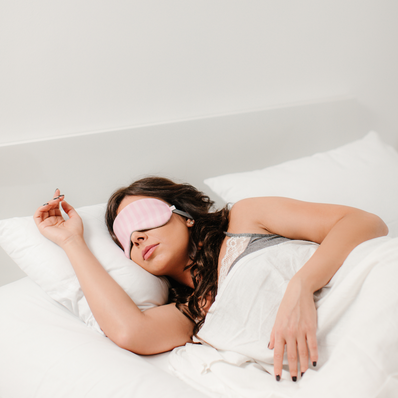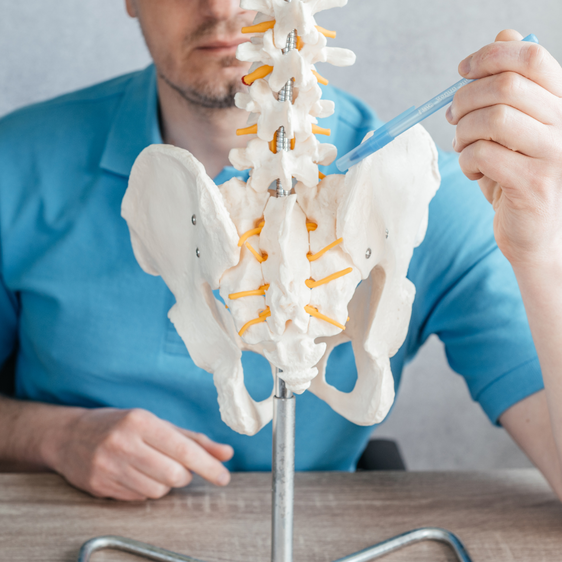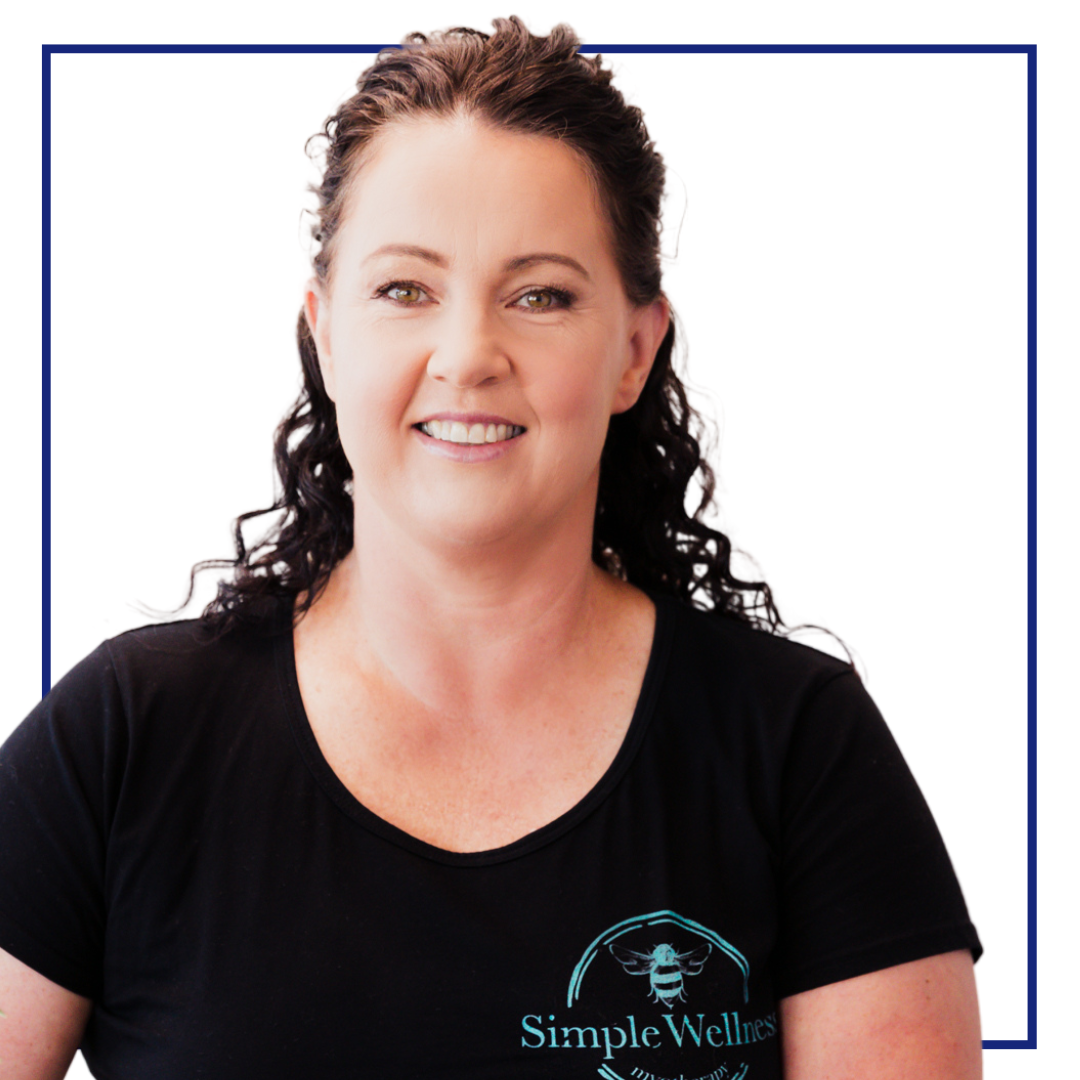|
By Jacqui Mulholland You might be wondering about the benefits of a regular meditation practice on your quality of sleep. What is happening in the brains of meditators and how can you utilise some simple techniques to improve your sleep? It has been shown in scientific research studies that meditation improves the production of melatonin naturally and very significantly. So what is melatonin?
It is a chemical hormone that is produced in the pineal gland that is designed to prepare the body for sleep. Levels usually tend to peak around bedtime, when the natural light dims with the setting of the sun and our biological system prepares for sleep. Melatonin is necessary to strengthen and support the body’s immune system, slow down the ageing process, and is also linked to the prevention of numerous diseases. Unfortunately our increasing dependence on technology and unnatural light source exposure on our many devices and screens have increased, as well as the social and cultural demands to work longer, harder and through the night have upset this delicate natural balance. Our bodies aren’t given adequate opportunity to disengage from the busyness and the overstimulation of your brain to allow your body to prepare for sleep. The light and our addiction to technology hijacks your awareness, bypassing your body’s natural signals that your brain is ready to sleep. There have been studies that have shown that regular meditation can help increase the production of melatonin in your brain, resulting in better sleep quality and even assist in the prevention of many diseases. This is just one of the very good reasons to start introducing a simple regular meditation practice to support the rebalancing of this natural process that is critical to our health and wellbeing. And the good news is, you don’t have to meditate for hours a day and you don’t even need to do it at the same time each day for it to improve your sleep. Even 15 - 20 minutes a day can help increase your melatonin production. The obvious time to try this, would be around bedtime when you could use this time to establish a new habit of disengaging from your devices and switch off the lights and devote some real time to this process of slowing down and encouraging the natural rhythms of your body to kick in. The meditation can be done lying down in bed, and you can get nice and warm and comfortable and allow your body to naturally settle into the space and begin to turn your attention inward, focusing on your senses and the flow of your breath. Focus on relaxing, releasing and sinking your body weight into the bed. This might ease you into a deep & restful sleep. Or you can do this as a practice just before bedtime in a safe cosy space to prepare for sleep. Even if an evening practice sounds like it wouldn’t suit, you could try another time of day, morning, afternoon, early evening, the effects are the same. You are still promoting the regulation of the production of melatonin and offering your body a nurturing space. Regular meditation supports a number of functions in the body and can improve overall health and wellbeing by prioritising your downtime. Helping you practice slowing down and taking time to tune in to your body so that you become more aware and responsive to your needs. Another important part of this process is it helps to reduce the amount of cortisol (stress hormone) active in your system as you initiate the relaxation response. Without this crucial step your body will have a very difficult time recovering from illness & injury including soft tissue and muscle repair. Meditation helps to regulate your internal environment by balancing hormones and allowing your immune system to function more effectively. Sleep is also crucial to this process. Another effective technique to further assist you with your sleep and ability to regulate and engage the relaxation response is massage. Massage has also been shown to improve sleep quality and the beauty of massage is you can combine it with a meditation practice while you are receiving your treatment. If you are having trouble sleeping and want to try a natural and proven technique that you can do yourself at home to support the recovery of your body, give yourself 10 - 15 mins a day of quiet downtime (no screens!). If you would like some assistance with establishing a meditation practice, I can help you out. I am a qualified meditation teacher with over 5 years experience and a meditation coach for the Australian Centre for Meditation & Mindfulness. Ask me about how to become familiar with the concepts of meditation and mindfulness so you can take some simple skills and techniques home and use them in your own time. I work one on one with individuals via zoom, in small groups online and in person to guide you through a full meditation practice, teach you simple techniques to get you started and offer you personalised support as you are establishing your own home practice. There can be several obstacles and challenges to starting a new meditation routine, which is why having the support of a coach or a meditation group is so important and will increase your chances of being able to sustain and support a simple meditation practice that suits your lifestyle. Want to learn more or find out about working directly with me? You can ask me at your next remedial massage appointment, or you can contact the clinic directly by email to [email protected] or calling our team on 03 8204 0970. Whats Causing This Pain Where My Lower Back And Hips Meet? It Could Be The Sacroiliac Joint10/8/2022
By Duke Autret Pain across the very base of your spine where your hips and lower back meet is very common. You can often pinpoint the pain as starting from "those two dimples at the lower back" and spreading out across the sides of the hips. Those two dimples, which aren't always visible on everyone, are where the back and hip join - specifically where the sacrum bone joins the iliac crest of the pelvis. This joint is called the Sacroiliac Joint. Sacroiliac Joint (SIJ) Dysfunction is an often used term to describe any issue that arises from some kind of problem at this joint, usually leading to the joint becoming inflamed, and which can commonly have subsequent implications such as sciatic pain (pain running down the leg) and/or pain from muscle spasms usually at the lower back and/or around the hip/s.
One reason for this is that the inflammation at the site of the Sacroiliac Joint may irritate the sciatic nerve much in the same way as a spinal disc problem can, although rather than perhaps a bulging intervertebral disc impinging on the sciatic nerve, instead it can be the chemical irritation and/or the pressure and compression caused by the swelling and inflammation of locals tissues and fluids. Then due to pain and irritation from the inflammation, a pain cycle may set in, with muscles spasming and tightening up in response. Our bodies are pretty marvellous in the way they try to protect us from a perceived problem, and that protection usually comes in the way of tensing, tightening or spasming. Consider if you were going to be punched in the gut, the first thing your body will naturally do before you probably even think about it is to tense your abdominals, draw in the arms and shoulders, and crunch forward in a protected position to lessen the blow. The SIJ does a similar process to try to protect around the joint area, which can lead to that persisting pain. Typically, an SIJ issue will present on just one side at a time, although it can be possible for the symptomatic side to swap from one side to the other, as when one SIJ is dysfunctional then the adjacent SIJ compensates and is therefore implicated. The good news is that you can get treatment for Sacroiliac Joint Dysfunction! Treatments we can provide to help when someone comes to us in an acute phase will revolve around ways of decreasing the muscle spasm and pain to the hip, pelvis and spinal regions, and to also advise you on the best ways to manage the joint inflammation itself and ‘deload’ the structures involved. The initial stages of the treatment are likely to involve some soft tissue work like remedial massage, myofascial release, cupping or dry needling, and can also involve taping the SIJ to support that area and give those really hard working muscles a chance for a break without leaving that joint feeling vulnerable. Then once these initial symptoms are under control we will guide you towards how to regain and develop the stability, mobility and control to the specific areas needed, which are likely to include the thigh muscles and the deep muscles of the trunk, abdominals, and back. Outside of any hands on treatments the lasting success of reversing this type of condition will depend also on the empowerment of you. We will advise you on the best rehab routine and provide a layered program over time so that you can progress at the right pace and without worrying about being overloaded with homework. Or alternatively, we can refer you to connect with local practitioners or instructors in clinical exercise or other modalities like yoga for example if you prefer or if help with motivation and supervision is what you need. Personally I enjoy working with SIJ pain since I used to suffer from a lot of it myself (and know how difficult it can be) and because I’ve learned how to best deal with it, to the point where I no longer suffer from this anymore. This has been a worthy investment for me and also a gift. I hope to share this with those who need it too. If you’d like to start down the road of finding ways to improve your own challenges with an SIJ issue, I am here to help. Just call or leave a message with us at the Simple Wellness Myotherapy clinic here in Rowville, our number is 03 8204 0970, or alternatively you can visit our website to see our booking schedule and make an appointment for yourself at a time that best suits you. Getting a Remedial Massage or Myotherapy appointment is becoming even easier now that we have two new therapists joining our Rowville team! Join us in welcoming our two great new practitioners to the Simple Wellness clinic! Kel Levi will be joining us from Wednesday July 27th. Kel is an experienced Myotherapist who is currently working alongside AFL Premiers Melbourne Football Club helping their players during and after their matches. She's also a qualified personal trainer, and has a wealth of knowledge in the health and fitness realm. She has a great firm massage style, loves to use dry needling to help reduce pain and improve movement, and can use her extensive background in fitness and exercise to help you find ways to stretch and strengthen your trouble areas with ease. Myotherapy and Remedial Massage with Kel can be claimed through our HICAPS machine with private health insurers like BUPA, Medibank, HCF and all other health insurers. Kel will be available: Mondays and Wednesdays 9-12, and occasional Fridays (when Melbourne Footy Club don't need her expertise in the club rooms!) Colette Corr is our new student Myotherapist, who is starting with us on Tuesday August 2nd. Colette is a final year Bachelor of Health Science Myotherapy student, which means she's completed the vast majority of the 3 year Bachelor degree program and is down to the last few subjects, including student clinical hours. We'll be offering discounted treatments with Colette while she's finishing up her degree. In addition to Myotherapy, Colette is also a yoga instructor with over 5 years experience, and loves to work with people with chronic pain and hypermobility/Ehlers Danlos Syndrome. As Colette is a student, private health claims can't be made for treatments with her. Colette will be available: Tuesdays 2-7 and Saturdays (alternating between morning and afternoon shifts) As always, bookings with our team of fantastic therapists can be made instantly online or by phoning us on 03 8204 0970.
|
Meet Our Team
We have a team of great practitioners available 7 days a week at our Rowville clinic. Archives
July 2024
Categories
All
|
Got a question about Myotherapy?
Contact Mel by phone, email or Facebook
|
Simple Wellness Myotherapy & Remedial Massage Clinic
Shop 12B 150 Kelletts Rd Rowville VIC 3178 |
Phone us on
03 8204 0970 |





 RSS Feed
RSS Feed